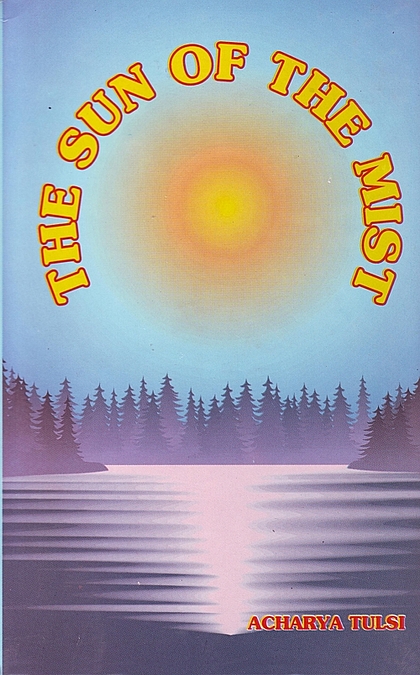The teacher had displayed the map of India before the students. In order to acquaint them with the unity that is India, he said, "Look, children: This is the ancient state of Gujarat, where principally the Gujaratis live. Here is the green belt of Punjab, where the Punjabis live. This is Bengal, the state of the ancestors of RabindraNath Tagore; the Bengalis live here. And this is Tamil Nadu where the Tamils live. This desert region is called Rajasthan, the home of the Rajasthanis."
The teacher was explaining the map; the children were listening to him. The face of one student evinced different kinds of emotion at once. He was eager to say something and his curiosity was getting stronger every minute. As soon as the teacher stopped talking, the student said, "Sir: This is India: Now where do we the Indians live?" The teacher stood silent. He realized his mistake. If the instructors charged with the task of acquainting the students with the unity that is India, start with the division of India into different parts, how will the students imbibe the feeling of an indivisible whole, of their undivided nationality?
Some foreign scholars came to India to do some research on Jainism. They visited Delhi and Ahmdabad, where in certain localities the Jains predominate. They went to a colony and asked some people whom they found standing on the crossroads, ‘What religion do you belong to?” ‘One of them answered, "We are Dlgambar Jains." The foreign scholars repeated their question to the next group they met a little later. One of the group answered, "Dear Sir, we are Swetambar Jains. “ A third group told them that they were idol-worshipping Jains. Similarly the foreign research party came across Sathankavasi Jains and Terapanthi Jains. All the people interviewed, in identifying themselves,added epithet to ‘Jain’. The foreign visitors found themselves in a fix; they had failed to locate simply a Jain.
The reality of Jainism is enteral. The preceptors made it manifest. The principles of Janism are universal. According to Kaka Kalelkar, Jainism has the potential of becoming the world religion. But the followers of Janisim have divided it into bits. Because of this segregation, we come across Digambar Jains, Sewtambar Jains, Terapanthi Jains, but simply no Jains without a qualifying term. What is required is that the followers of the Jain religion instead of designation themselves Digambar or Swetambar become true Jains, i.e., they learn to live their daily lives in accordance with the edicts of Jainism.
The examples given above are symbolic of man's divisive mentality. People possessed of such an outlook are intent upon division. Their vision is division-oriented; it emphasizes differences in the undifferentiated; divisions in the indivisible. But this is not the only approach on which to base one's thinking and conduct. There is another way-of coordination, of synthesis, which regards the whole world as an indivisible entity. Of course, this latter viewpoint, too, is not exclusively right. In fact, both viewpoints are right in their respective places. ln the light of Anekant, both possess a relative value and both are complementary to each other. Some people see unity in diversity, others see diversity in unity. Both are correct. There need be no pertinacity about either.
The hypothesis of one-ness does not envisage the complete dissolution of Digambar—Swetambar identities; only these must be subordinated to Jainism, which of necessity occupies the primary place. The problem arises only when Digambarism and Swetambarism come to occupy the first position in their own tight, and Jainism is relegated to the background. All those in the Jain religion, must give top priority to Jainism and feel proud of being called Jains.
 Acharya Tulsi
Acharya Tulsi
